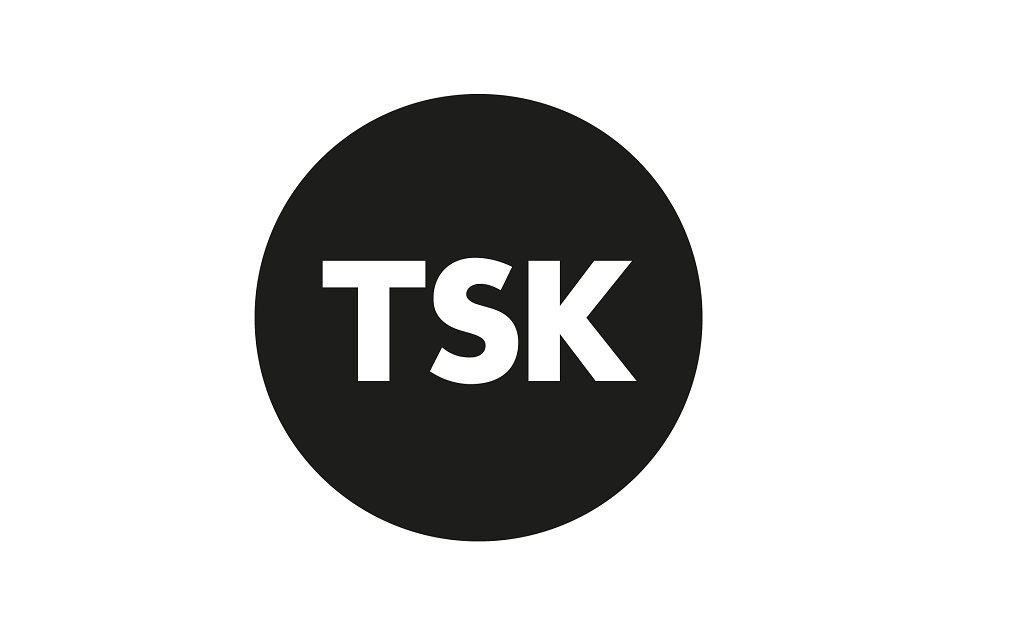Smart buildings: the impact on modern design
Smart buildings or smart homes is a phrase that’s been bounding around for quite a bit recently and people often ask me, what does that actually mean?
In today’s construction build, its only the high-end residential buildings that often get the all-singing, all-dancing technology that allows remote control closing of blinds, heat temperature sensors that adjust automatically as temperatures change and your shopping list is updated on your fridge when you run out of milk.
These are all great things, that some people consider as way off into the future nice-to-haves that are expensive to install.
The well-connected building is something that is here now and gathering pace. Technology and solutions are reducing in price as the years go by, easier and cheaper to install.
People have Amazon’s Alexa in their home, they have British Gas’ Hive system, surround sound systems that connect to the Wi-Fi, light bulbs that can be turned on and off with your phone. This is what they call IoT or Internet of Things. All things in the home connected. A smarter home.
So it’s already happening. Residents want this for convenience and lifestyle.
But there is a much greater picture than this happening in the background, gathering like a tsunami that is slowly creeping up on the resident sector globally, not just here in the UK.
Ruairi Revell, sustainability advisor of Standard Life Investments puts it quite nicely when he says:
“Digitalisation hits all the sustainability elements. It can provide efficiency improvements through optimisation way beyond the current building management system (BMS) capability. It will also be key for improving health and wellbeing, and occupiers will soon want to know about internal air quality, driving landlords to monitor and improve air quality levels.”
So it’s not just about the tech in our homes. Housebuilders, shareholders and investment companies have a corporate responsibility to ensure that the homes they build (for sale or rent) have the resident’s best health interests at heart.
Mental wellbeing is a topic throughout the pandemic that we have seen on our TVs on a daily basis. Everyone is far more conscious now than they have been for decades as I remember (yes, I’m a young 53) and it’s getting far more attention today than ever before – rightly so.
As there is a huge focus now on peoples wellbeing, I genuinely believe those home builders that shift to having a more strategic focus on technology will be the long-term winners in the residential sector.
I don’t know one housebuilder, other than one developer in the build to rent market, that promotes through their marketing the fact that the health and wellbeing of those that live in their homes comes first, and their investment in technology proves that.
Why wouldn’t you? It’s a competitive edge for you as a business and a great corporate message to those residents that buy or rent from you and benefits other stakeholders.
So how do you do this? You firstly need to engage with the right consultants who understand technology and there are a few specialists out there. We are trying to do our bit by presenting to these clients on a daily basis, helping to educate them on technology within buildings / homes and on what residents want.
We have over the years of doing what we do, gathered a contact base of companies across the UK who are doing some incredible things with technology and making buildings far more efficient with the tech that can sit on our network.
Our network infrastructure:
- Is a slimline design removing the need for multiple cables in the building for all data, audio and video services – sending all building services over a single cable
- Lowers the power draw on a building / home reducing energy bills and operational costs
- Is cost efficient – less providers, less equipment, less cost, reduced complexity
So technology can benefit both the resident and the house builder / building operator. It’s a two-prong strategy.
The ‘tech’ you put in your building can:
- Make things happen automatically (Heating, lighting, track CO2 emissions and healthy air quality)
- It can also make your building far more efficient, so massive savings on running costs, energy, lighting, heating, maintenance
- Collate data so you understand how your building is being used, which helps with making use of space that either isn’t being used, or making any alterations to space that is
- Allows the resident to have better services from you and for themselves
So in summary, a more strategic approach to the way you normally do things can shift the way residents see your company, make you more efficient with your home building and associated costs, the resident gets a better connected home and you get a more satisfied resident who will recommend you to their friends and colleagues. Everyone’s a winner….
Paul Eaton is chief commercial officer of ClearFibre, part of the Telcom Group. Please get in touch: paul.eaton@clearfibre.uk
Follow us on LinkedIn
Selected industry experts bring you insight and expert advice, across a range of sectors.
Subscribe for free to receive our fortnightly round-up of property tips and expertise
Selected industry experts bring you insight and expert advice, across a range of sectors.
Subscribe for free to receive our fortnightly round-up of property tips and expertise






